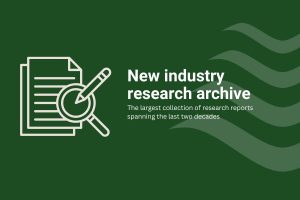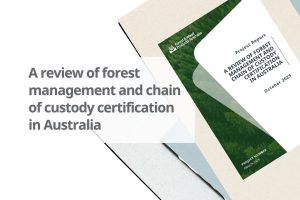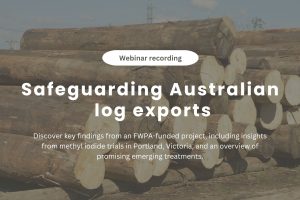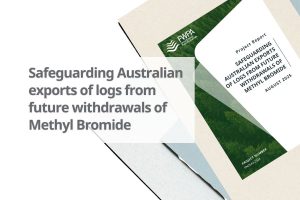Cross-industry pest surveillance is set to benefit from the development of new diagnostic technology. The aim is to speed up detection of airborne pests and diseases, while reducing the costs associated with their identification.
The iMapPESTS: Sentinel Surveillance for Agriculture program aims to rapidly monitor and report on the presence of targeted airborne pests and diseases for agricultural sectors, including forestry, viticulture, grains, sugar, horticulture and cotton.
The five-year program is being led by Horticulture Innovation Australia, with funding from the Australian government and 16 partner organisations, including FWPA.
A key feature of the program is the ‘sentinel’, a mobile surveillance unit offering optimal sampling of fungal spores and insects. A prototype sentinel was recently launched at the Hart field site in South Australia. It will soon begin delivering information on pests and pathogens present in and around Hart.
Samples will be sent to the laboratory for the identification of target pests and diseases. Presence and abundance of organisms detected will be overlaid with weather data captured by the sentinel at the time of sampling.
Some of these samples will head to Agriculture Victoria’s AgriBio laboratories, where researchers are developing new diagnostic techniques for the broad-scale detection of pests and pathogens, with the aim of identifying those which are exotic to Australia.
Agriculture Victoria PhD candidate, Conrad Trollip is one of the researchers exploring the application of next-generation sequencing technologies to plant diagnostics. While this technology has previously been used to explore the identification of insect targets, Trollip’s research is focused on the investigation and optimisation of this technology for the diagnosis of fungal plant pathogens associated with insects.
There are many significant diseases in forestry production systems that are caused by fungal pathogens spread by insects, such as Dutch elm disease and blue stain fungi. These types of fungi are part of a closely related collective of species that are globally significant in terms of biosecurity.
The pathogen that causes the Dutch elm disease fungus is exotic to Australia, while blue stain fungi are endemic. Therefore, when identifying which species has been trapped during sampling, diagnostic targets must be highly accurate. Trollip’s research will investigate the most accurate markers to differentiate the exotic species from the endemic species.
The significance of Trollip’s research is that once the pipeline is optimised for this high-throughput method of pest and pathogen detection, it can be applied to other targets or industries. It will then lead to early detection, and therefore a faster response during incursions.
The prototype sentinel will be installed in the southeast South Australian forestry production region in early 2020.
Growers are encouraged to provide feedback on this project, including as to what information is important and relevant to their operations. You can contact FWPA to express your interest and stay up to date on where and when the sentinels will be deployed.
Visit imappests.com.au for more information.



